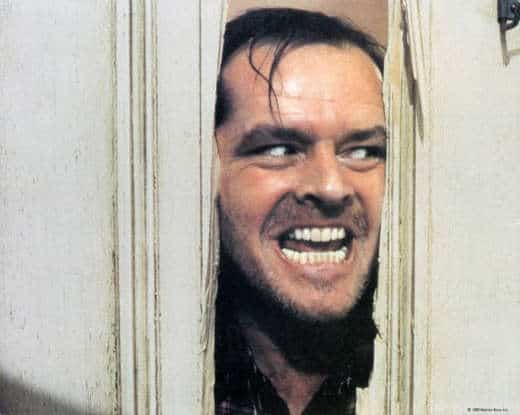
Unraveling the Mystery Behind Kubrick’s Hidden Themes
- Entertainment
- 15 May 2023
- No Comment
- 162
There’s no denying that Stanley Kubrick’s film “The Shining” is a masterpiece of psychological horror. Released in 1980, the movie continues to captivate audiences with its eerie atmosphere, haunting visuals, and enigmatic storytelling. But what if there’s more to this iconic film than meets the eye? Enter a wild fan theory that suggests Kubrick’s intentions behind “The Shining” go far beyond the surface.
According to this theory, “The Shining” is not just a horror film, but also a deep exploration of a dark chapter in American history—the Native American genocide. The theory proposes that Kubrick used various symbols and subliminal messages throughout the film to convey this hidden theme.
One of the most prominent pieces of evidence cited by proponents of this theory is the hotel’s design and layout. It is said to resemble a Native American burial ground, with the main building resembling a burial mound and the surrounding structures representing individual graves. The iconic carpet pattern in the film’s hallway is reminiscent of Native American motifs, reinforcing this connection.
Furthermore, the film is filled with subtle references to Native American culture and history. The character Dick Hallorann, played by Scatman Crothers, is a pivotal figure who possesses a psychic connection to Danny Torrance, the young boy with the supernatural gift known as “the shining.” Hallorann’s knowledge and ability to communicate with Danny represent a connection to ancient spiritual traditions, drawing parallels to Native American shamans and their powers.
Another key element of the theory revolves around the Overlook Hotel’s history. It is suggested that the hotel was built on sacred Native American land, with the spirits of the deceased seeking revenge on the white settlers who destroyed their culture. The ghosts that haunt the hotel, including the infamous Grady twins, represent these vengeful spirits.
Even the film’s iconic line, “All work and no play makes Jack a dull boy,” takes on a new meaning within this theory. Some proponents argue that the repetitive nature of the phrase symbolizes the repetition of history and the cyclical nature of oppression and violence.
While this fan theory is intriguing, it’s important to remember that it remains purely speculative. Stanley Kubrick, known for his meticulous attention to detail, never publicly confirmed or denied these hidden themes. It’s entirely possible that these interpretations are coincidental and not part of the director’s intended message.
Nevertheless, the fact that “The Shining” continues to inspire such fervent discussion and analysis decades after its release is a testament to its enduring impact. Whether you choose to believe in the hidden layers of the film or appreciate it solely as a terrifying work of art, there’s no denying that “The Shining” remains a captivating and thought-provoking piece of cinema. And perhaps, in the mysterious corridors of the Overlook Hotel, there are still secrets waiting to be discovered.


